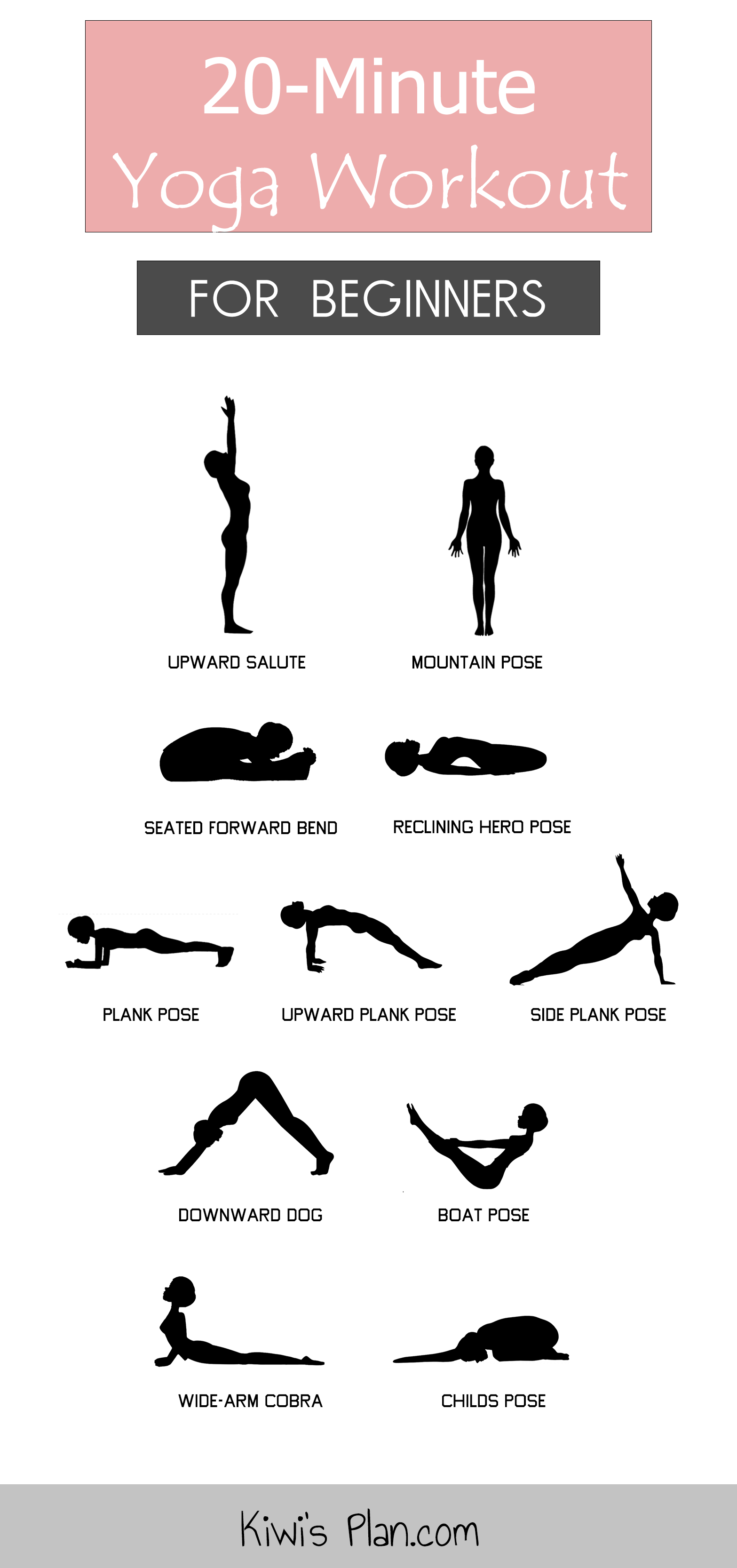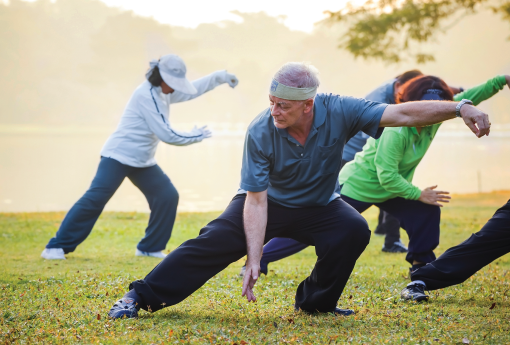
Vinyasa Yoga may be a popular exercise form, but it is also well-known for its profound mental effects. These poses require intense concentration and attention to detail. The focus on the body and breath is necessary to achieve a state of flow, or complete awareness of the present moment. The goal is to attain this state of mindfulness as soon as possible and to maintain it for as long as possible. This type is ideal for busy people.
Deep breathing is required to achieve the poses. This type of breath work is vital for dealing with stress and pushing through physical challenges. During yoga classes, long inhales and exhales through the nose signal the brain that the body is in control. The brain also receives this signal to direct its attention to the heart center, an important part in yoga practice. It also prevents injuries.
Vinyasa classes are usually around one hour long. Some classes may last longer. Some run for only 30 minutes. By calling the studio beforehand, you should be able determine the class' duration. As the name suggests, the sequence will be a mix of different poses. You can choose a vinyasa or yoga class according to your level.

Vinyasa yoga can be intimidating if you're new to it. It is important to note that all classes are not the same. Each class usually starts with breathing exercises and ends with a restorative pose called Savasana. This is intended to help you ground yourself in the present and reconnect with your breath. You will find that most classes start with a few warmup poses such the Cat-Cow pose and Downward Fassdog. Before you commit to any particular studio, make sure you have had varied experiences with the instructors.
Vinyasa yoga requires you to move between poses continuously if you are new to it. It's fast-paced yoga but it is still a peaceful practice. This style of yoga emphasizes the constant movement between poses. It creates a strong connection between the mind and body. You can focus on the poses by using your breath.
While Vinyasa yoga is a form of exercise that improves your posture and flexibility, it's also a great way to increase your core strength and build muscle. It is an excellent form of exercise that improves balance, core strength, and range-of-motion. It is recommended for those who aren’t familiar with stretching. They may require some guidance, but it’s important to start with something you can do every day.
Your level of flexibility, strength and ability are important factors when choosing a vinyasa course. It will be easier to do a beginner's class than an advanced one. You will be able achieve the same benefits in a beginner’s class. Vinyasa will increase flexibility and strength as well as physical fitness and mental health. You will be able to concentrate on your breath throughout class.

Vinyasa, a type of yoga, focuses on meditative movements. This will teach you to be more present and aware of your body. It is vital to maintain a focus on your breathing and mental agility as you practice Vinyasa. Vinyasa is a way to improve physical agility and mental stamina. As you continue to practice it, your practice will improve.
The meditative benefits of Vinyasa yoga are many. It improves your physical and mental health. It can also help you to overcome stress and improve your mood. Vinyasa is a form of yoga that combines postures with yin postures. When done properly, it is like a moving meditation. You will feel more vibrant, alive, and relaxed.
FAQ
Which exercise is best for men
The answer depends on what you are looking for. Cardio exercises are great for anyone looking to lose weight.
On the other hand, if you just want to build muscle mass, then strength training is better since it increases lean body mass.
Both types of exercise are proven to be beneficial if you're looking to improve your overall health.
I recommend HIIT, or sprint interval training, if you want fast results. This type training will help you quickly lose fat by increasing your metabolism. It can also increase your endurance, so that you can train even when fatigued.
What is a good 7-day workout schedule?
A seven-day program should include three days of cardio training (running, biking and swimming), two strength exercise (using free weights or weight machines) and one flexibility/core work out (yoga, Pilates). Each activity should be performed at least once each week. Each session should last no more than 45 minutes.
Cardiovascular Exercises: Swimming, Cycling, Running
Your goal is to exercise at least 60 minutes each week. To achieve the best results, aim to exercise for at least 75 minutes each week. Cardio exercises can help improve blood flow and stimulate muscle growth.
Strength Training
Cardio exercises focus on the heart and lungs while strength training targets muscles and bones. Strength training can help you burn calories even when you're not working out.
Flexibility and Core Workouts
To strengthen your whole body, flexibility and core work outs are excellent ways to do so. Both yoga and Pilates can be great choices.
How To Build Muscles Fast?
It is important to eat healthy food and lift weights frequently in order to quickly build muscle.
Mornings are the best time to workout.
Do push-ups, bench presses, squats, and other exercises.
Take a look at different weight training options and make sure to drink plenty of fluids throughout the day.
Statistics
- 10 pounds in a month is likely during a lean bulking phase, especially for beginners. (muscleandstrength.com)
- According to the American Heart Association, blood pressure should be checked at least once every two years, beginning at age 20. (my.clevelandclinic.org)
- Are You One of the 20% of Guys (mh.co.za)
- Candidates and applicants must pass all four tests at 70% (minimum level) to graduate from Basic Deputy U.S. Marshal (BDUSM) Training. (usmarshals.gov)
- The PRS enabled risk stratification for overall prostate cancer and lethal disease with a four-fold difference between men in the highest and lowest quartiles (HR, 4.32; 95% confidence interval [CI], 3.16-5.89). (pubmed.ncbi.nlm.nih.gov)
External Links
How To
How do I lose fat by exercising?
Exercise burns calories by increasing metabolism and oxygen consumption.
Exercise at a moderate intensity to safely lose weight.
These are some tips to help you lose fat while working out:
-
Cardio exercises like walking, running (or jogging), swimming, cycling, running, and/or elliptical training are all good options.
-
For 30 minutes, do it three times a week.
-
If you want to lose more weight, add strength training to your routine.
-
Avoid intense training. You can build muscle without breaking down muscle tissue.
-
Hydrate well during exercise. Water flushes out toxins and helps keep the body hydrated.
-
After working out, make sure to drink low-fat proteins shakes. Protein shakes boost energy and repair muscle tissue.
-
Smaller meals are better for you.
-
Don't skip breakfast! Skipping breakfast can cause you to feel tired and sluggish.
-
Take care to your mental well-being. Stressful situations may slow down your metabolism.
-
Keep a positive attitude. Studies show that overweight people are more likely to be obese than those who perceive themselves as attractive.
-
Get enough sleep. Insufficient sleep can make it more difficult to lose weight.
-
Always be active. Move around at least once an hour.
-
Maintain a healthy diet. Healthy eating will keep you fuller and more satisfied for longer.
-
Find ways to relax. Tenseness can cause stress hormones to break down muscle tissue.
A balanced diet includes all essential nutrients needed for growth and development.
Consider eating six small meals daily instead of three big ones. This gives your body time and energy to process the food.
For strong bones, we need 500 mgs of calcium daily. Calcium is found in dairy products like yogurt, fortified milk beverages, orange juices, cereals and bread.
Calcium is found in leafy vegetables, beans and tofu, as well nuts, seeds and cheese.
Vitamin D is required for calcium absorption. Vitamin D can also be found in some fortified foods such as eggs, fish, and yolk.
Vitamin E plays an important role in skin health. It can be found as a vegetable oil, wheat germ, peanuts or almonds.
Your body needs zinc to maintain normal immune function and heal wounds. Zinc can be found in seafood, legumes and meats.
Zinc deficiency can cause fatigue and loss of appetite. It can also lead to depression and impaired immunity.
Eating too much sugar causes insulin resistance, which increases blood glucose levels. Insulin resistance causes weight gain.
Insulin resistance is caused by high blood levels of free-radicals. Free radicals can be molecules with unpaired electrons that cause damage to cell membranes.
Most free radicals come from pesticides herbicides, food additives, preservatives smoking, radiation, chemical in cosmetics, lotions and household cleaning supplies.
Free radicals can lead to cancer and heart disease, diabetes mellitus, arthritis, asthma, and premature aging.
Antioxidants are essential for preventing free radical damage. Antioxidants protect against oxidative damage.
Vitamin C, beta carotene (found within citrus fruits, carrots, sweet potatoes and spinach), Vitamin E (found inside nuts, olive oils, avocados and eggs), and Vitamin C (found among mangoes.
Additional antioxidant nutrients include selenium and copper, manganese and zinc.
Selenium is known to protect cells from the oxidative damage that free radicals can cause. Selenium is found in Brazil nuts, tuna, liver, kidney, shrimp, cod, turkey, beef, lamb, pork, and chicken.
Copper protects the brain and eyes as well as the lungs and red blood cells. Copper is found in shellfish, poultry, meat, and organ meats.
Manganese plays an important role in bone structure. Manganese is found as a component of bone structure in brown rice (spinach, bananas), prunes, raisins and oatmeal.
Zinc is essential for normal growth, reproduction, wound healing, and average growth. Zn can also be found in white fish, lean cuts of meat, poultry, and eggs.